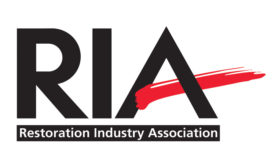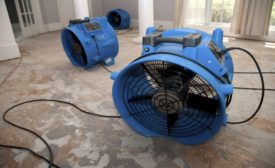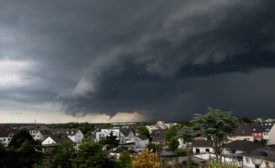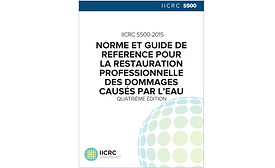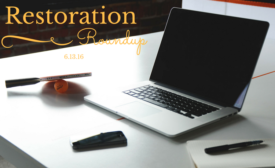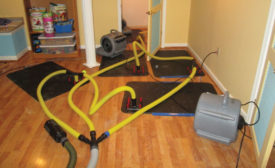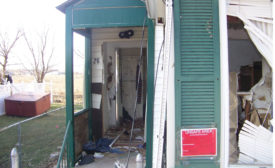Water Damage Restoration
Finding that "Sweet Spot" in Heat Drying during Restoration (Part 1)
Understanding the difference between heat energy and temperature
Read More
Finding that "Sweet Spot" in Heat Drying during Restoration (Part 2)
Heat science, and day-to-day use of heat on restoration drying jobs
Read More
Restoration Roundup: Latest Restoration Industry News // 06.13.16
Industry-related headlines and news impacting restorers and remediators.
June 13, 2016
Stay ahead of the curve with our eNewsletters.
Get the latest industry updates tailored your way.
JOIN TODAY!Copyright ©2025. All Rights Reserved BNP Media.
Design, CMS, Hosting & Web Development :: ePublishing
